The debate over the pros and cons of the project to interlink rivers across the country continues. Read on to find out what it entails, and decide which side you are on
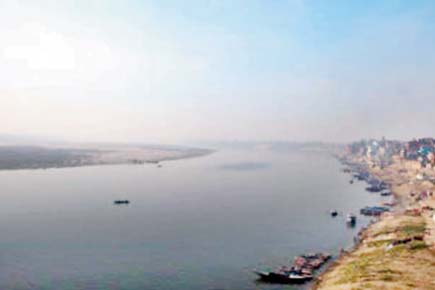
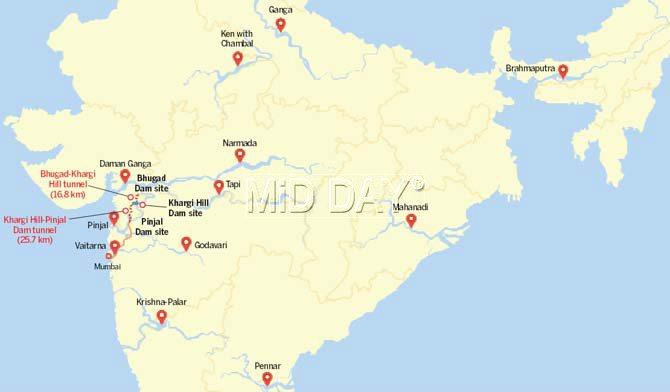
Illustration/Uday Mohite
In a vast country like ours, there are many areas with excess rain, as also areas which don't see much of it. In the past few years, the threat of drought has also increased. In 1858, Sir Arthur Cotton first suggested the idea of linking major rivers to divert water to rain-deficit areas. Dr K L Rao, a dams designer, also suggested something similar much later.
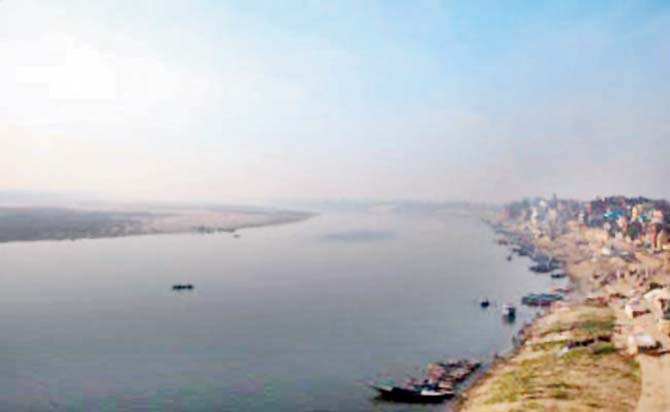
Despite the views of opposers, the National Water Development Agency (NWDA) decided to go ahead and make the idea a reality. On September 16, 2015, the first linking of Krishna and Godavari rivers was completed.
The NWDA has identified 14 links under Himalayan Rivers Component and 16 links under Peninsular Rivers Component for inter-basin transfer of water based on field surveys, investigation and detailed studies.
Here's an overview of the Interlinking of Rivers Programme that will cost the country Rs 5.5 lakh crore.
Neta speak
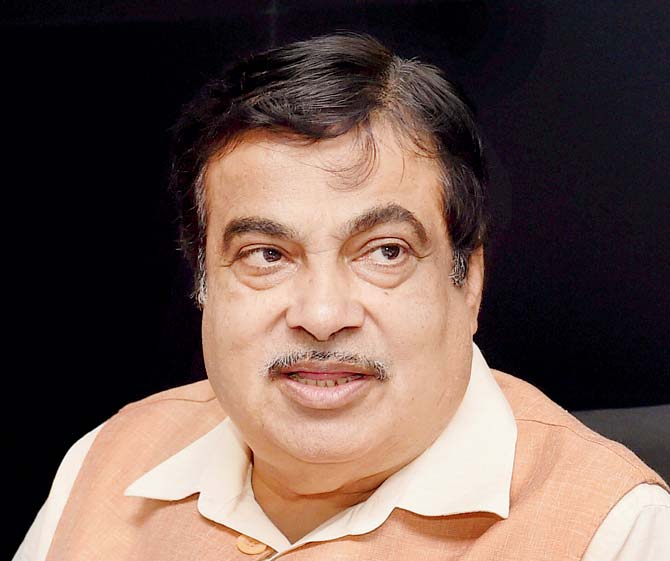
Nitin Gadkari, Union Water Resources Minister
The river interlinking project is necessary to tackle floods and droughts. The government will use the latest technology in Ken-Betwa, Par-Tapi-Narmada and Daman Ganga-Pinjal projects. Besides, the government aims to begin work on Pancheshwar and North Koel dams. These five projects will help irrigate lakhs of hectares. The Par-Tapi-Narmada and Daman Ganga-Pinjal river interlinking projects, estimated to cost R16,000 crore, will meet the water needs of Maharashtra as well as Gujarat.
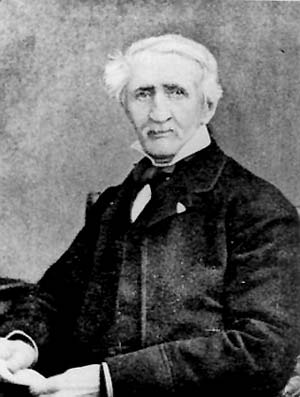
Pioneer from the Raj
General Sir Arthur Thomas Cotton devoted his life to the construction of irrigation and navigation canals throughout British India. In 1858, Cotton came up with an ambitious proposal of connecting almost all major rivers of India, and suggested drought-relief measures in Odisha and interlinking of canals and rivers. In the 1970s, Dr K L Rao, a dams designer and former irrigation minister, proposed a National Water Grid. He suggested that the Brahmaputra and Ganga basins were water surplus areas, and central and south India were water-deficit areas. He proposed that surplus water be diverted to dry areas.
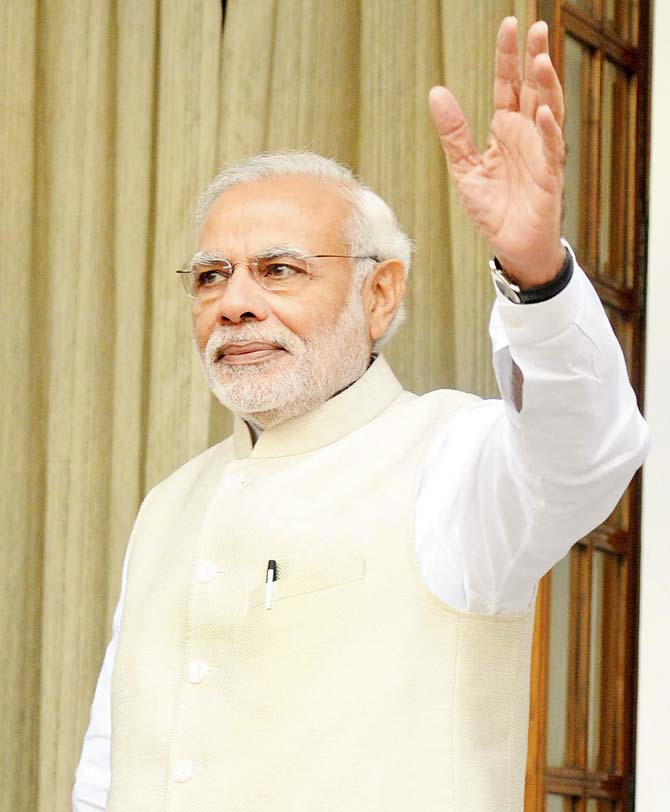
Narendra Modi
The 2 sides of the proverbial coin
Advantages
>> Better tackling of flood-like and drought-like situations, as per the government — excess water from flood-prone areas can be channelised to drought-prone areas
>> It will raise the ultimate irrigation potential from 140 million hectares to 175 million hectares
>> It will irrigate areas, and thus, land can be made fertile for agriculture
>> It will help to generate 34,000 megawatt of power
>> It will help to start routes for water navigation
Disadvantages
>> There could be a negative impact on freshwater aquatic ecosystem as well as deforestation
>> It may affect those who depend on fishing for their livelihood
>> Rivers may be changing their courses approximately every 100 years, as per some experts; hence, interlinks may not be useful after 100 years
>> The infrastructure - dams, canals, tunnels - may displace people
>> The proposed Ken-Betwa link endangers over 4,100 hectares of forestland
Expert opinion
AC Kamraj, hydroscientist
'Andhra Pradesh, Kerala and Karnataka are not accepting the project, which was first proposed in 1982. The government should consider the National Waterways Project, which will eliminate friction between states over the sharing of river water, as it uses only the excess floodwater that goes into the sea unutilised'.
Stalin D, director of projects, Vanashakti
'It's completely wrong to change the flow of a river. It will destroy our remaining natural resources. We are still incapable of understanding the real impact of this project. The future generations will have to suffer its consequences. The authorities should have first tried it in a smaller area, studied it for 10-15 years and then implemented it'.
Rs 5.5 lakh cr
The cost of the Interlinking of Rivers Programme
60
No. of rivers to be interlinked
909
Million cubic metres of water that the Daman Ganga-Pinjal project will provide to Mumbai
1858
The year General Sir Arthur Cotton first proposed the idea of interlinking of rivers
 Subscribe today by clicking the link and stay updated with the latest news!" Click here!
Subscribe today by clicking the link and stay updated with the latest news!" Click here!









